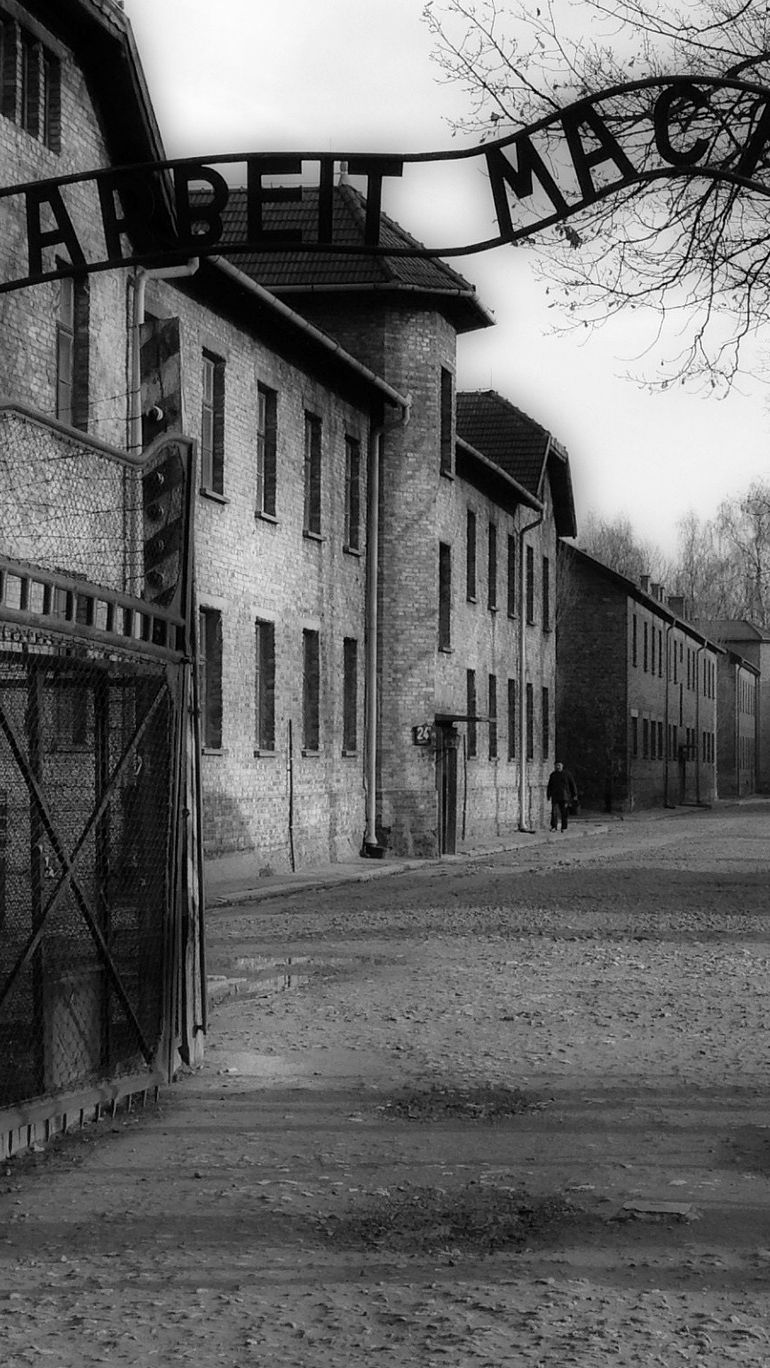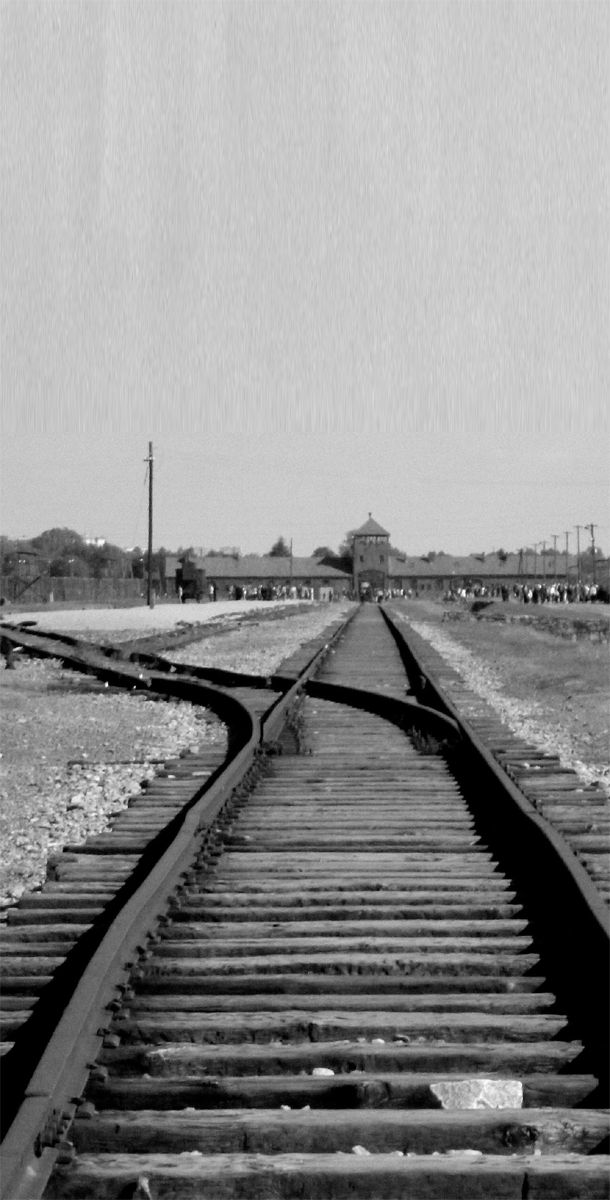
Trip from Krakow: Auschwitz Birkenau Museum – guided tour
Auschwitz-Birkenau Tour from Krakow – All-Inclusive Offer
Our main offer is organized trips to the Auschwitz-Birkenau Memorial and Museum – a place you must see when visiting Krakow.
Each tour includes:
– direct pickup and drop-off from/to your accommodation,
– comfortable transfer from Krakow and return,
– personalized museum tickets,
– tour with an official, licensed Auschwitz-Birkenau Museum guide,
– organizational support at every stage of the trip.
With our “all-in” formula, you don’t have to worry about any details – we’ll organize everything for you.

A trip to the Auschwitz Memorial and Museum is an important and moving experience that allows you to better understand the history of World War II and the Holocaust. Two sites are available for visitors: Auschwitz I, located in Oświęcim and Auschwitz II -Birkenau situated in the nearby village of Brzezinka. The two sites are approximately 1.5 km apart, and the organizer provides a transfer between them. All tourist infrastructre (tourist Information, ticket offices, restaurant, toilets) is located within the of Auschwitz I site.
Tour booking
Reservations should be made through the reservation form. Due to the huge interest and daily limit on the number of visitors, we recommend booking the tour at least 30 days in advance.
Pick-up Location
The starting point of the tour is pickup from your accommodation (hotel/apartment). Please note: pickup area is limited – see the map on the booking page. If you are staying outside the designated area, please contact us – we will find a convenient solution.
Duration of the tour
The tour consists of two parts, Auschwitz I and Auschwitz-Birkenau, and usually takes 3.5 hours.The entire trip from pickup to return to Krakow takes approximately 7 hours (depending on road conditions).
Please wait at the pick-up point 10 minutes in advance.
The start time selected during the booking is the preferred time, which is not guaranteed. The exact time will be communicated the day before the tour via email, sms or WhatsApp.
Transport
Transportation is by comfortable, air-conditioned vehicle.
Emotional preparation
A visit can be a difficult emotional experience. It is worth being prepared for this.
Practical tips
- It is necessary to provide the correct data of all participants in the booking form. If the name and surname provided in the booking do not match the data on the ID card, the participant of the tour may not be allowed to enter the Museum.
- The condition for entering the Museum is to have identity documents confirming the data of all participants.
- While on the grounds of the Memorial you should behave with due solemnity. It is recommended to wear clothing appropriate to the place of remembrance and respect for the people who suffered so much here.
- The maximum size of backpacks or bags brought into the camp cannot exceed 35x25x15 cm.
- Taking photos and filming on the premises of the State Museum for private purposes without the use of flashlights is permitted, with the exception of the room in block no. 4 and in the basement of block no. 11.
- Persons with disabilities. Due to the terrain at the Memorial, moving around the grounds and facilities may be difficult for disabled people. The facility is not fully adapted for people with mobility disabilities.
- Wheelchairs are available at the Visitor Service Centre, upon prior reservation.
- Children. It is not recommended for children under 14 to visit the camp.
- On hot or rainy days, it is recommended to bring an umbrella.
- Follow the guide‘s instructions strictly and keep an eye on your group, as it is easy to lose contact with the guide and the rest of the group due to the large number of visitors.
- It is forbidden to bring and consume food, alcohol, smoke tobacco and e-cigarettes on the Museum
grounds. - The Museum is not accessible to animals, except for guide dogs, by prior arrangement.
HISTORICAL BACKGROUND
AUSCHWITZ – BIRKENAU CAMP
The Auschwitz camp located in Oświęcim and Brzezinka was the largest Nazi concentration camp during World War II. Established in 1940 by the Germans, it initially served as a concentration camp for political prisoners, but from 1942 it became one of the main places of mass extermination of Jews as part of the plan for the “final” solution of the Jewish question.
CAMP STRUCTURE
Auschwitz I
The main part of the camp, where the administrative, prison and experimental barracks were located.
Auschwitz II-Birkenau
A vast extermination camp, where the gas chambers and crematoria were located.
Auschwitz III-Monowitz
A forced labour camp for industrial plants.
NUMBER OF VICTIMS
It is estimated that around 1.1 million people were murdered in Auschwitz-Birkenau, mainly Jews, Poles, Roma and other ethnic groups.
LIVING CONDITIONS
The living conditions in the Auschwitz camp were inhumane and aimed at physically and mentally destroying the prisoners. The prisoners were kept in overcrowded, unheated barracks. The daily food ration was insufficient, the prisoners were constantly hungry.
LIBERATION
The camp was liberated by the Red Army on January 27, 1945.
On that day, about 7,000 surviving prisoners were released in a state of extreme exhaustion. Today, the camp is a place of remembrance and education transformed into a museum that is to remind us of the tragedy of the Holocaust.

